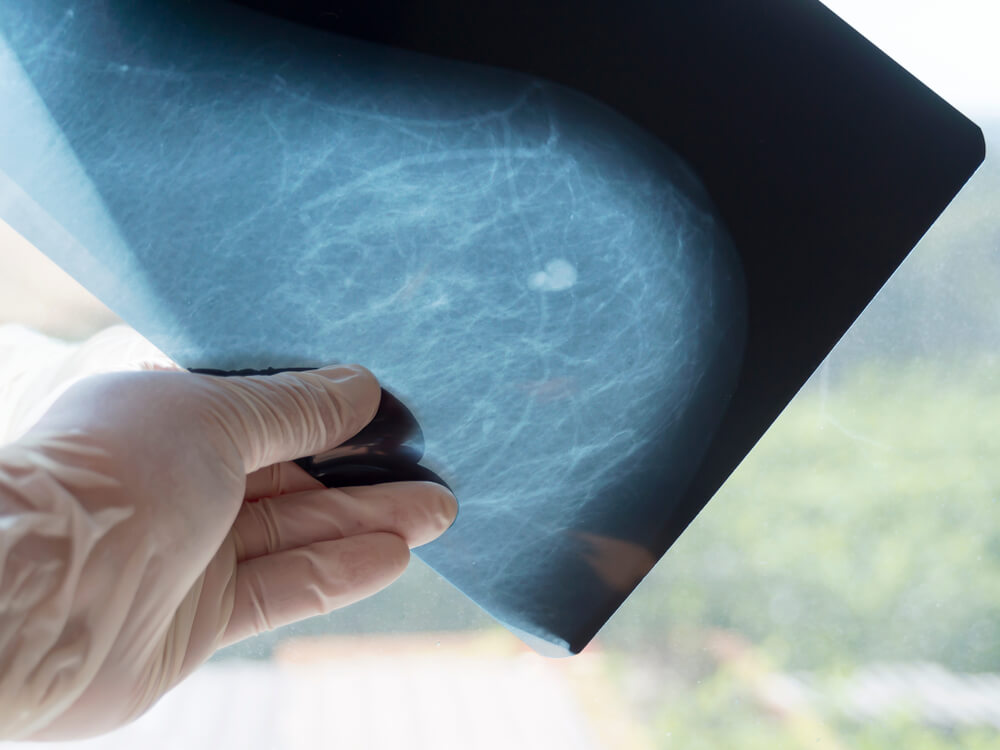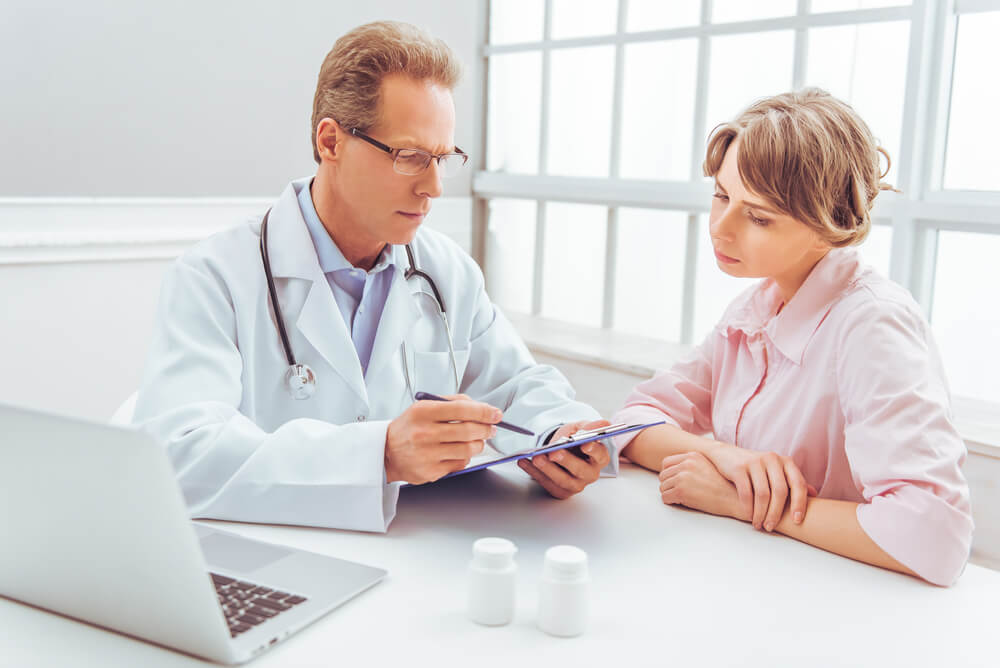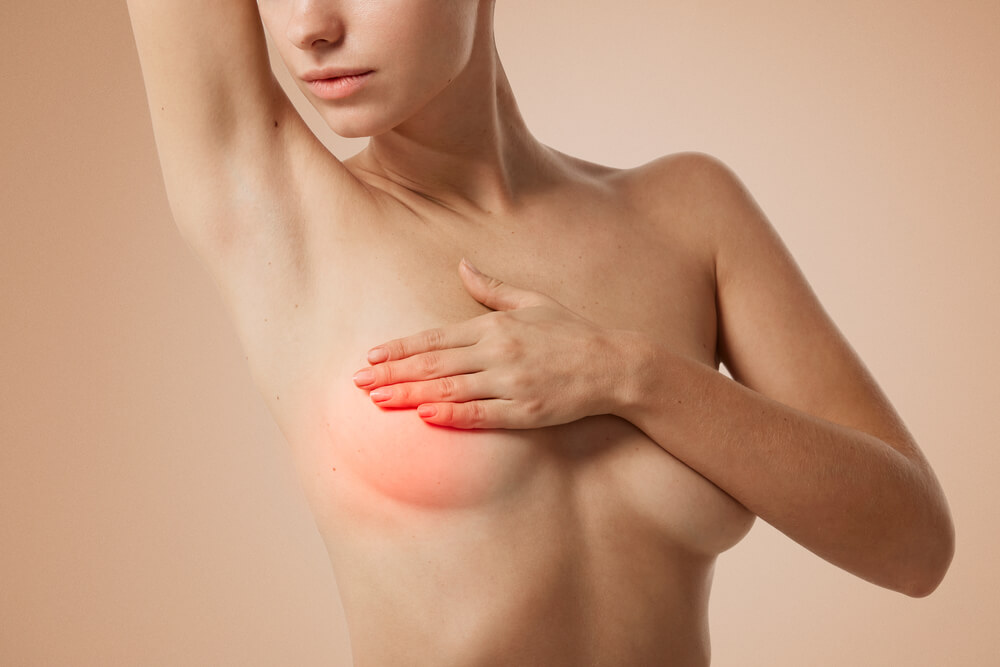Women (and, to some extent, men) have been battling health conditions related to their breasts since the dawn of time. Breast cysts which appear in the body are usually benign, meaning that they do not pose a life threat to the individual. Still, they can also be malign and demand immediate medical intervention.
Breast cysts are bubbles of fluid, mostly oval or round shaped, located in the breast tissue. The size of the cysts varies, so they can go from really small, where one does not even notice them, to a few inches big, bringing discomfort and sometimes even painful sensations.
Although not completely confirmed by experts, hormonal changes in a person are said to cause breast cysts, and as they appear on their own, they also tend to disappear without any interventions. These masses can be formed in the body at any age, in both men and women.
When dealing with breast cysts and breast lumps, it is of the utmost importance to find a high-quality gynecologist in Bradenton as well as an OBGYN in Bradenton because, as already mentioned, although mostly benign, breast cysts can be quite dangerous if not treated promptly by expert doctors.
Regarding the terminology used, literature differentiates between breast cysts and breast lumps. A breast cyst is a type of lump, and below, you can find some other conditions which are considered to be types of breast lumps:
- Milk cysts (sacs filled with milk)
- Fibrocystic breasts (lumpy breast tissue)
- Fibroadenoma (noncancerous lumps which move within the breast tissue)
- Intraductal papilloma (small, benign tumor in the milk ducts)
- Lipoma (noncancerous, fatty lump which grows slowly)
- Hamartoma (benign growth resembling a tumor)
- Mastitis (breast infection)
- Different injuries on the breasts
- Breast cancer
Breast cysts can be both soft and hard, painful and not, and they can be round but also smooth. Some cysts can also move very easily beneath the skin.
Diagnosis of the Condition
Breast cysts (and other types of lumps) are most often discovered by doctors during regular checkups or during breast exams. The following methods are used to diagnose the condition:
- Mammogram (an X-ray that identifies any irregularities)
- Ultrasound (the use of sound waves to create images of the breasts)
- MRI (use of magnetic resonance imaging to get detailed images of the breasts)
- Needle aspiration (extracting the fluid from the lump to impact its disappearance and to test the liquid for cancerous features)
- Biopsy (taking a sample of tissue for analysis)
- Manual exam (using hands to feel the size of the lumps)
It is usually recommended to perform self-breast exams to detect the development of both benign and severe health conditions when it comes to breast cysts and lumps. We will discuss more about self-breast exams, which you can perform on your own, in the continuation of this article.

Self Breast Exams
To detect complications in regards to your breast health, many recommend doing a self-breast examination. It is consisted of using your eyes and hands to feel and see any changes in the status of your breasts.
Although self-examination is not always reliable, many women have shared that it was crucial for them to discover new lumps on time and consult their doctor.
Advice and steps to take during a self-breast exam:
- The exam is done in a shower, in front of a mirror, and lying down.
- Using the three middle fingers, press down first lightly, then apply medium pressure, and then firmly onto your breast and armpit areas.
- You are looking for any lumps, hardened knots, or thick parts, as well as any other changes.
- In the mirror, look for any changes, swelling, redness, peeling of the skin, or changes in the nipple area. Visually inspect your breasts with both your arms to the side, raised above your head, and with your palms pressing the hips.
- After this, lay down and put a pillow underneath your shoulder, placing your arm over the head. Using the other hand, examine the breast and armpit area by applying light, medium, and firm pressure with your three middle fingers. Do this on both sides of the body.
- Afterward, squeeze the nipple, and check for any discharge or lumps.
It is important to note that recently medical experts started to recommend avoiding these kinds of routine self-exams because they are not always accurate and have not been effective in detecting cancer. Also, finding a lump on your own causes large amounts of stress, which is unnecessary at that stage because eight out of ten lumps are not cancerous and can be easily detected and taken care of.
When Should I See a Doctor?
Certain symptomatic occurrences will be a sign for you to schedule a doctor’s consultation. We are bringing you the most common ones below:
- The appearance of a new lump
- The difference in one area of the breast in comparison to the others
- Growth in the size of the lump
- Change in the appearance of the lump
- Bruises on the breasts without any previous injury
- Redness of breast skin
- Peeling of the skin
- Inverted nipples
- Discharge from the nipple (blood)
Most cysts are noncancerous, but if any of these occur, please contact your doctor as soon as possible.
Breast Cyst Treatments
In order to decide on the type of breast cyst treatment, it is essential to get acquainted with different types of breast cysts:
- Simple breast cysts which are entirely filled with fluids and are always benign.
- Complicated breast cysts that consist of solid fragments located within the fluids. This type of cyst is usually examined further by a medical professional using the needle biopsy method.
- Complex breast cysts are alarming because there is tissue within the fluid that has the potential of being cancerous. This type of cyst needs to be examined by a medical professional immediately.
As mentioned previously, many breast cysts do not require any treatment because they are usually benign, and sometimes they tend to disappear on their own. This said, if you are feeling discomfort and pain, you should contact your chosen doctor and do a breast exam. If the results come back negative, it is still essential to perform regular checkups in order to prevent any further potential complications in the future.
It is important to emphasize that breast cysts do not increase the risk for breast cancer. Many people have numerous cysts, small and large, which are benign and, when checked regularly, do not represent any danger to your well-being and your reproductive health.
If the breast cyst or lump turns out to be cancerous, the treatment will most probably include:
- Removing the lump (lumpectomy)
- Removing the breast tissue (mastectomy)
- Radiation (using radioactive rays to fight the cancerous cells)
- Chemotherapy (using drugs to destroy cancerous cells)

We Support You
Dealing with breast cysts and lumps is a scary and tedious task. It is imperative not to jump to conclusions when a cyst is discovered and to consult your chosen doctor firstly. We have created a friendly, supportive environment where everyone is welcome to visit and have a consultation with our expert staff in a safe space. You are not alone in this, we are here for you, and we offer solutions and encouragement every step of the way. Contact us!


